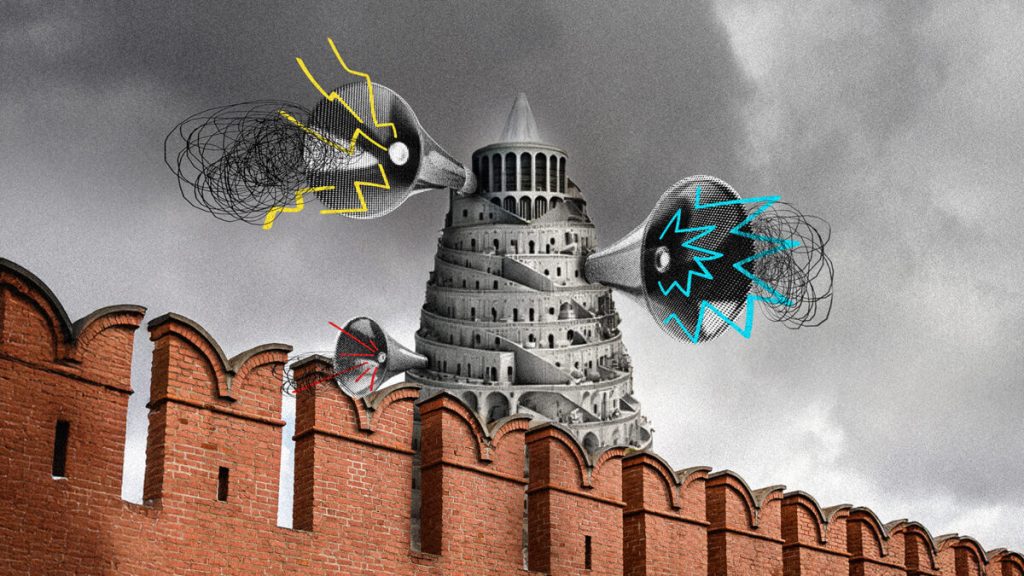The Kremlin’s Disinformation Playbook: Distortion and Deception in the Digital Age
The Kremlin’s sophisticated disinformation apparatus, honed over years of conflict and geopolitical maneuvering, continues to evolve and adapt, pushing the boundaries of manipulation and deception in the digital age. This intricate network of distortion relies on a core strategy: dismiss, distract, dismay, and distort. This report focuses on the Kremlin’s refined tactics of distortion, highlighting how they manipulate information to shape narratives and influence public perception, particularly regarding the conflict in Ukraine.
One of the Kremlin’s primary tools is the deliberate mistranslation and misrepresentation of legitimate news sources. By subtly altering the wording or context of original reports, they can twist the narrative to align with their own agenda. Examples include fabricated claims attributed to CNN about Ukrainian casualties and a false assertion that the Biden administration set a "sanctions trap" for President Trump regarding Russia. These distortions, while seemingly minor, can significantly alter the meaning and impact of the original reporting, effectively poisoning the well of information.
Beyond mistranslation, the Kremlin has embraced more sophisticated tactics. One such method involves creating entirely fabricated news outlets that mimic legitimate sources, lending a veneer of credibility to their disinformation campaigns. The "Seattle Tribune" incident, where a fictitious news outlet was used to spread a false story about President Zelenskyy purchasing Hitler’s car, exemplifies this approach. This tactic exploits the public’s trust in established media brands, making it harder to discern genuine reporting from fabricated propaganda.
The Kremlin’s disinformation network extends beyond creating fake outlets; it also involves exploiting existing lesser-known platforms with similar names to reputable sources. A case in point is the use of a Nigerian tabloid website, "The Nation," to spread a fabricated story about organ harvesting from Ukrainian soldiers. By linking to this website, pro-Kremlin outlets created the illusion that the story originated from the respected American magazine of the same name, leveraging the latter’s credibility to disseminate disinformation.
Another insidious tactic employed by Kremlin-backed outlets like RT Arabic involves manipulating footnotes. Rather than directly distorting the content of cited articles, they append lengthy footnotes filled with pro-Kremlin narratives and disinformation. This tactic targets readers unfamiliar with the complexities of the subject matter, overwhelming them with biased information under the guise of providing context. In one instance, RT Arabic used this method to undermine a report on the New START Treaty, effectively burying the original article’s criticism of Russia under a mountain of disinformation.
These examples represent just a fraction of the Kremlin’s multifaceted disinformation campaign. Their efforts leverage a range of tactics, from subtle mistranslations to the creation of entire fake news ecosystems, all designed to sow confusion, erode trust in legitimate sources, and promote their own geopolitical agenda. The evolving nature of these tactics underscores the urgent need for increased media literacy and robust fact-checking mechanisms.
The Kremlin’s disinformation strategy is not simply about spreading lies; it is about manipulating public perception and shaping narratives to serve their interests. By exploiting language barriers, creating fake news outlets, and manipulating legitimate reporting, they aim to control the flow of information and influence public discourse. This sophisticated and adaptable approach poses a significant challenge to the integrity of information in the digital age, requiring vigilance, critical thinking, and a commitment to truth-seeking to counter its insidious effects. Recognizing and understanding these tactics is the first step in combating the Kremlin’s disinformation campaign and safeguarding the integrity of information in the digital age.


